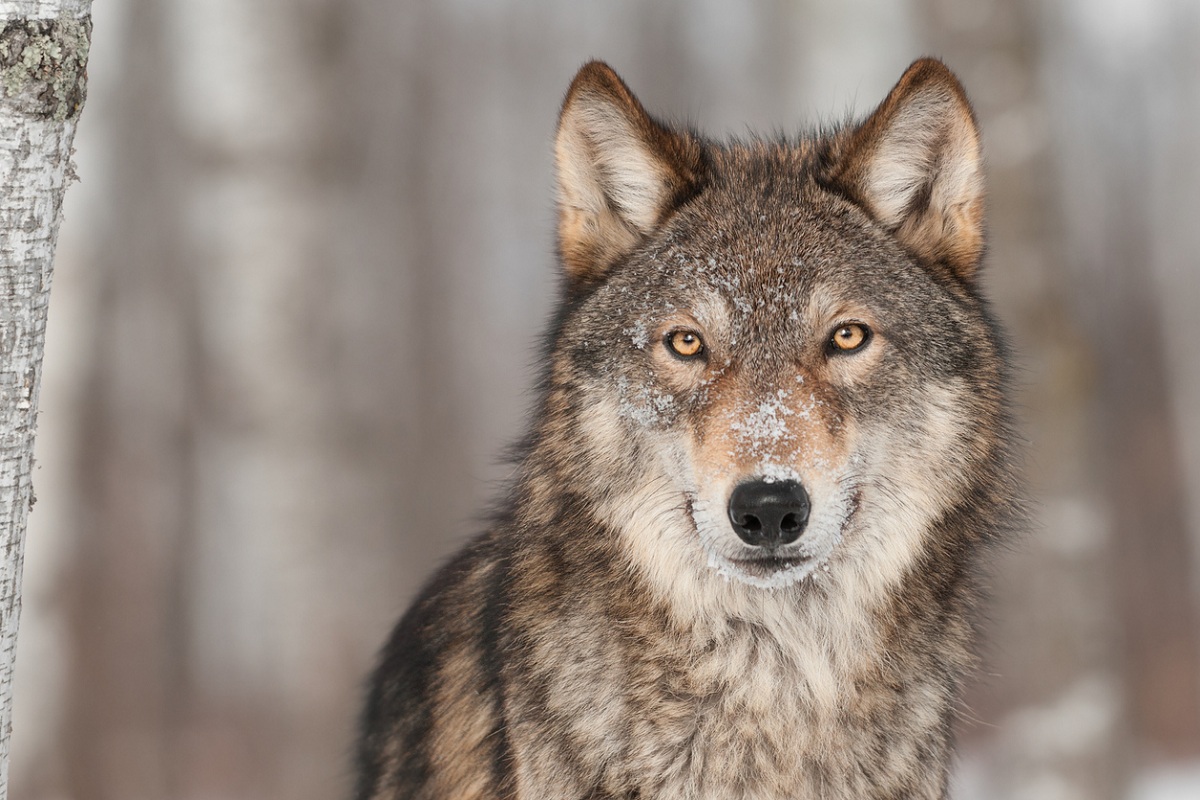Two injured in car crash in Dwarka
Two persons sustained injuries after their car rammed into a tree in Sector 6 of South West Delhi’s Dwarka in the wee hours of Tuesday.
A wolf that had caused havoc in two adjacent human settlements of Ausgram in East Burdwan early this morning was beaten to death by the panicky villagers.

(Representational Image: iStock)
A wolf that had caused havoc in two adjacent human settlements of Ausgram in East Burdwan early this morning was beaten to death by the panicky villagers.
The four-and-a-half-feet-long male wolf that unprecedentedly intruded into the Ausgram-II villages like Debsala, Natunbandh, Bilaspur within the Garh Jungle forest patches and left 22 persons to suffer from scarring hemorrhage, muscle tears and critical tissue damages on their faces, legs, hands and back-chest. The forest officials, together with police shifted the injured to the Durgapur Sub-Divisional Hospital and a boy and a woman who suffered critical wounds on their upper shoulders were shifted to the Burdwan Medical College and Hospital. Tarun Pal, a morning walker of Debsala suffered deep scratches and tissue disfigurement on his face. Shambhu Mete, a roadside shopkeeper, said, “It pounced upon me unprovoked.”
Advertisement
The forest department meanwhile has registered a complaint with the Ausgram PS against the killing of the endangered animal that is Schedule- 1, IUCN (international union for conservation of nature) listed endangered animal and needs conservation.
Advertisement
“It seems that the matured wolf was a rogue and possibly suffered some viral or bacterial infection. They usually don’t stray into human habitats in the daytime,” Sanchita Sharma, divisional forest officer, East Burdwan, told The Statesman. She added, “We’ve initiated a joint inspection of the killing incident with the police authority.” The carcass of the wolf was shifted to Burdwan forest office for autopsy.
The senior forest officials suspect that the wolf either was affected by CDV (canine distemper virus) or Tularemia – a bacterial infection, which left a severe negative impact on its psychological health. The breeding season of the wolves range between October and December each year and a matured maljurian wolf may suffer psychological breakdown during this season. “But it’s not a maljurian, so far we’ve gathered,” said Arkajyoti Mukherjee, secretary, WINGS (Wildlife Information & Nature Guide Society) – a WWF India funded organisation working on Indian grey wolf conservation project around West Burdwan district.
West Burdwan, as the ongoing conservation project survey recorded, has three wolf packs and each pack comprise 5-8 wolves. The wolves are sighted in some jungle adjacent localities in East & West Burdwan bordering patches like Saraswatigunj, Debsala, Kantaberia, Madhaigunj, Bijra and Sharma, the DFO, East Burdwan said: “We’ve planned to plant some trap cameras for true estimation of the wolf population roaming inside the forest patches.”
Advertisement